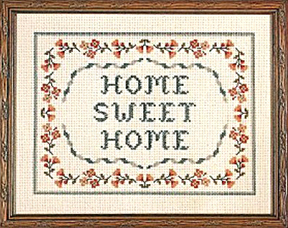1 Footnote
Chinar Shah
Published on 11.4.2023
![]()

When I started working as an editor and documenter of self-organizing in the arts in India, I did not imagine this would be a lesson in language. I called it ‘A Study of Artist-led Institutions in India from 1990 to 2022’. I wanted to explore institution-building by artists in India. The first word I dropped from this framing was ‘institutions’. In our very preliminary interactions with artists, it was clear that the term evoked emotions that artists did not want to associate with in their own creations and expanded practices. Institutional thinking felt too oppressive for most to even claim this term and make it their own. I kept ‘artist-led’ and dropped ‘institutions’ to ease conversations and not get stuck at nomenclature. At this point ‘initiatives’ sounded a better replacement for ‘institutions’. Little did I know that this was just the beginning of a long journey to redefine, reclaim, and find vocabularies that could offer a common ground to talk about expanded practices in the arts.
Soon after, ‘artist-led’ felt too limiting for my own work because I was reaching out to independent curators, writers, and other cultural workers—not all of them defined themselves as artists but were actively self-organizing in the arts. I did not drop the term, just added curator-led, writer-led, cultural worker-led, and so on, depending on the circumstances.
To further define the scope of the work, I added, at various points, terms such as independent, autonomous, DIY, DIT, and self-organized. I would use a mix of these terms in my emails to authors, artists, curators, and other creative practitioners I wanted to have a dialogue with. Conversations were not always smooth sailing, since this mix of terms sometimes caused further confusions that would require me to further define the scope of the work. Since these terms are not so popular, I would often resort to other terms such as alternative art spaces or non-mainstream. The term alternative evoked all sorts of emotions—some abhor it and some love it. Either way, it felt like a way to communicate without othering multitudes of practices in language all of us have limited access to.
In this one year, I have read excellent critiques of many terms that are easily available to define self-organizing in the arts. I have read counterarguments and some more. I have spoken to countless artists and cultural workers in India to understand how they define their own work and practices. I find myself torn between nuanced vocabularies—part of me wants to hold on to them and part of me wants to just throw them in a garbage can. For work like this to begin, I have decided to not cast easily available judgments on various ways of defining self-organizing in the arts and allow for different vocabularies to exist simultaneously. This has allowed me to listen, speak, and write intuitively.
Chinar Shah is an artist based in Bangalore and is one of the founders of Home Sweet Home. You can reach her at info.homesweethomeindia@gmail.com.
